Explores neuro-architecture as a way to understand how spatial design shapes thought, movement, and emotion. Set in the dense urban context of Barcelona 2050, where modularity offers scalable solutions but also challenges notions of personal identity, the project reimagines co-living as an adaptable system that actively supports cognitive and emotional well-being.
Investigates how neuro-architecture can shape thought, emotion, and movement in Barcelona 2050. Sensory-driven spaces — using light, sound, vegetation, and materiality — are choreographed to balance focus, rest, and social connection. Modularity and prefabrication provide scalability while testing how adaptable frameworks can preserve individuality and identity. The “Table of Elements for Place-Making” acts as a catalog of strategies to embed these principles in co-living.
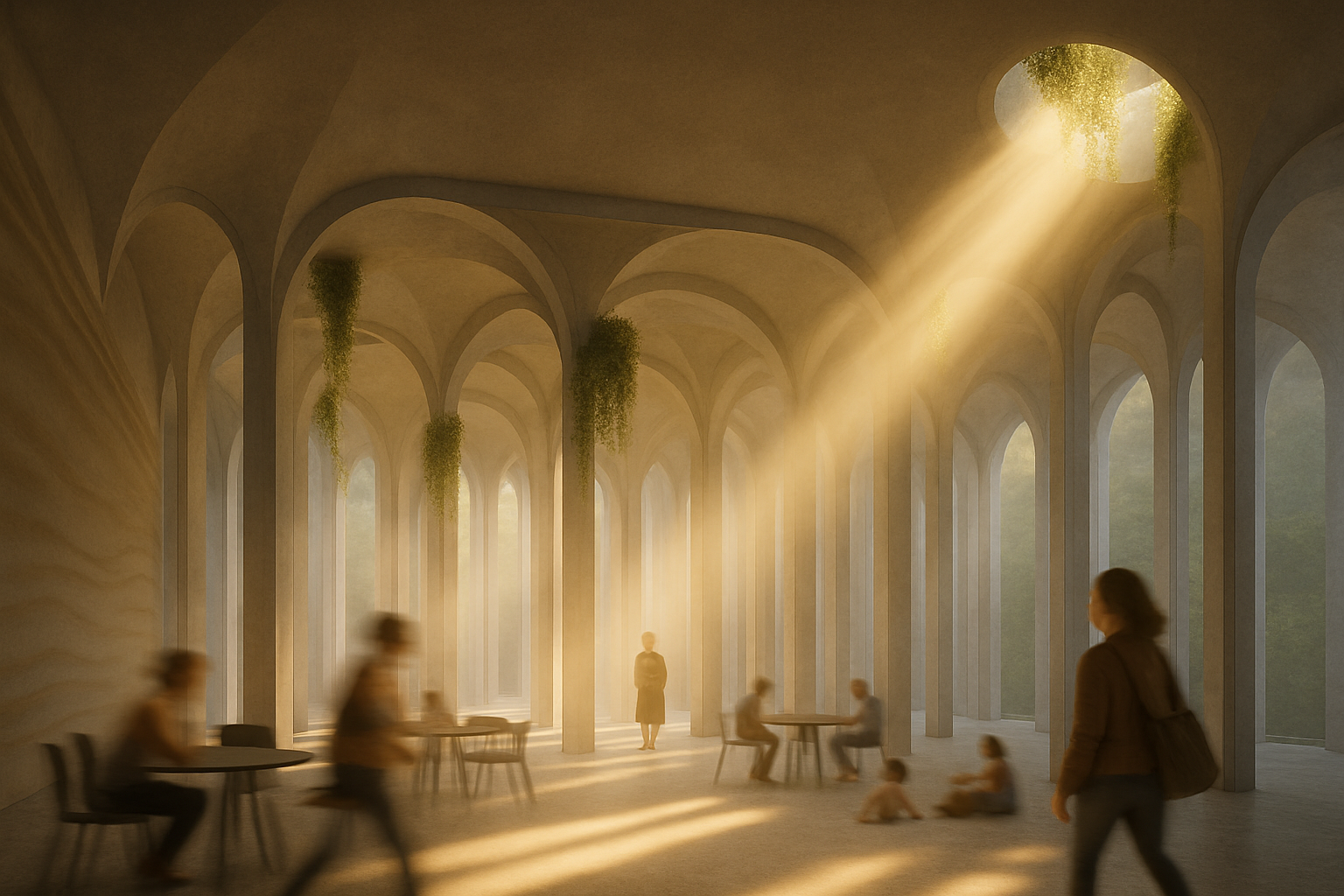

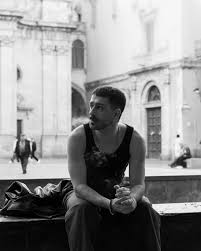
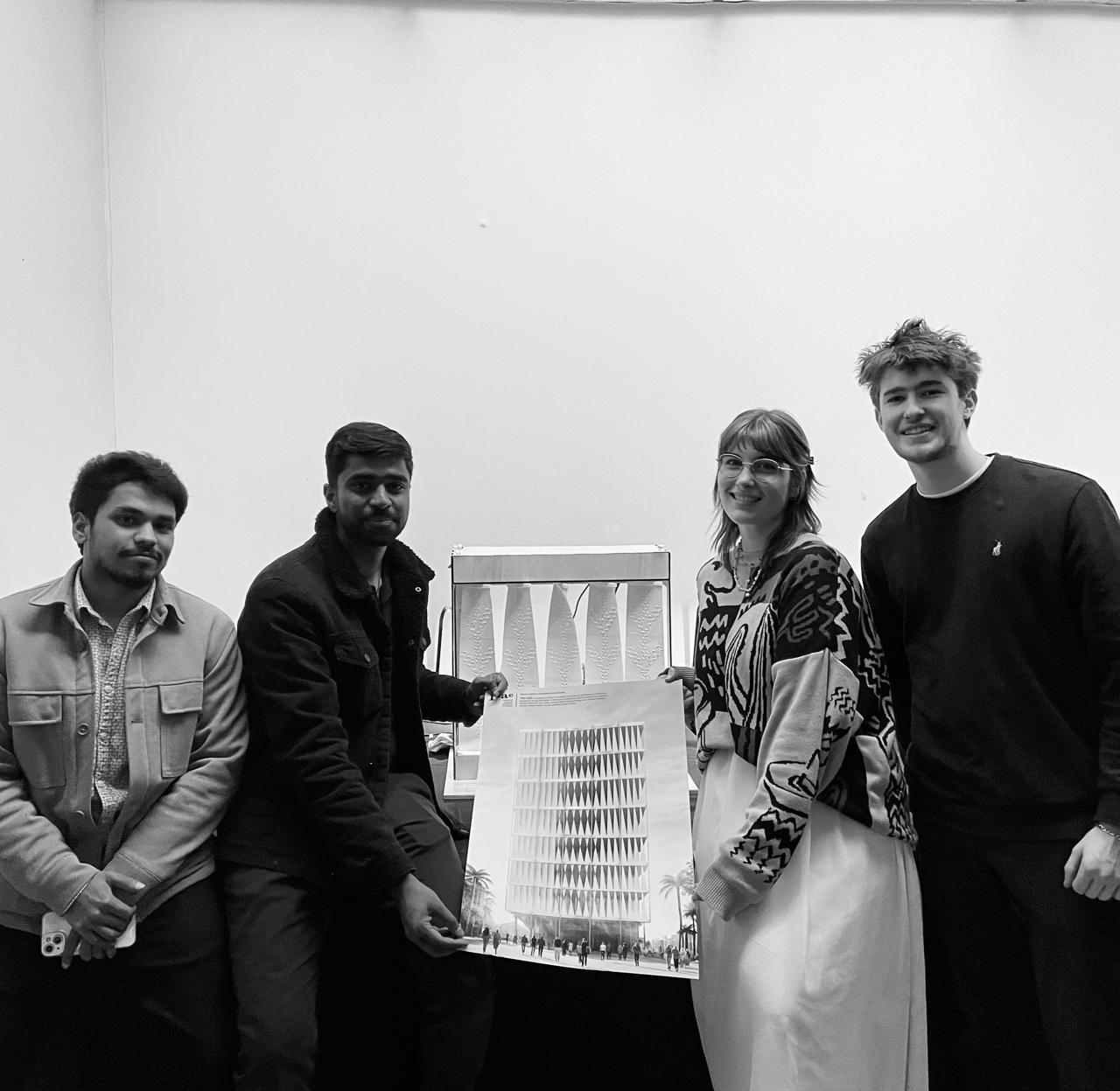
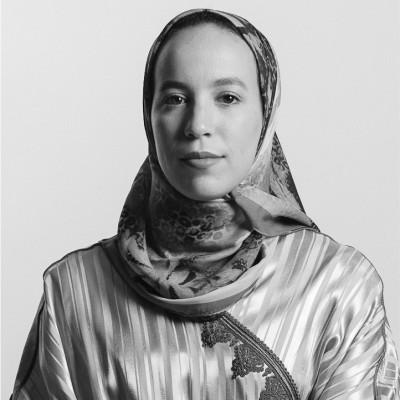
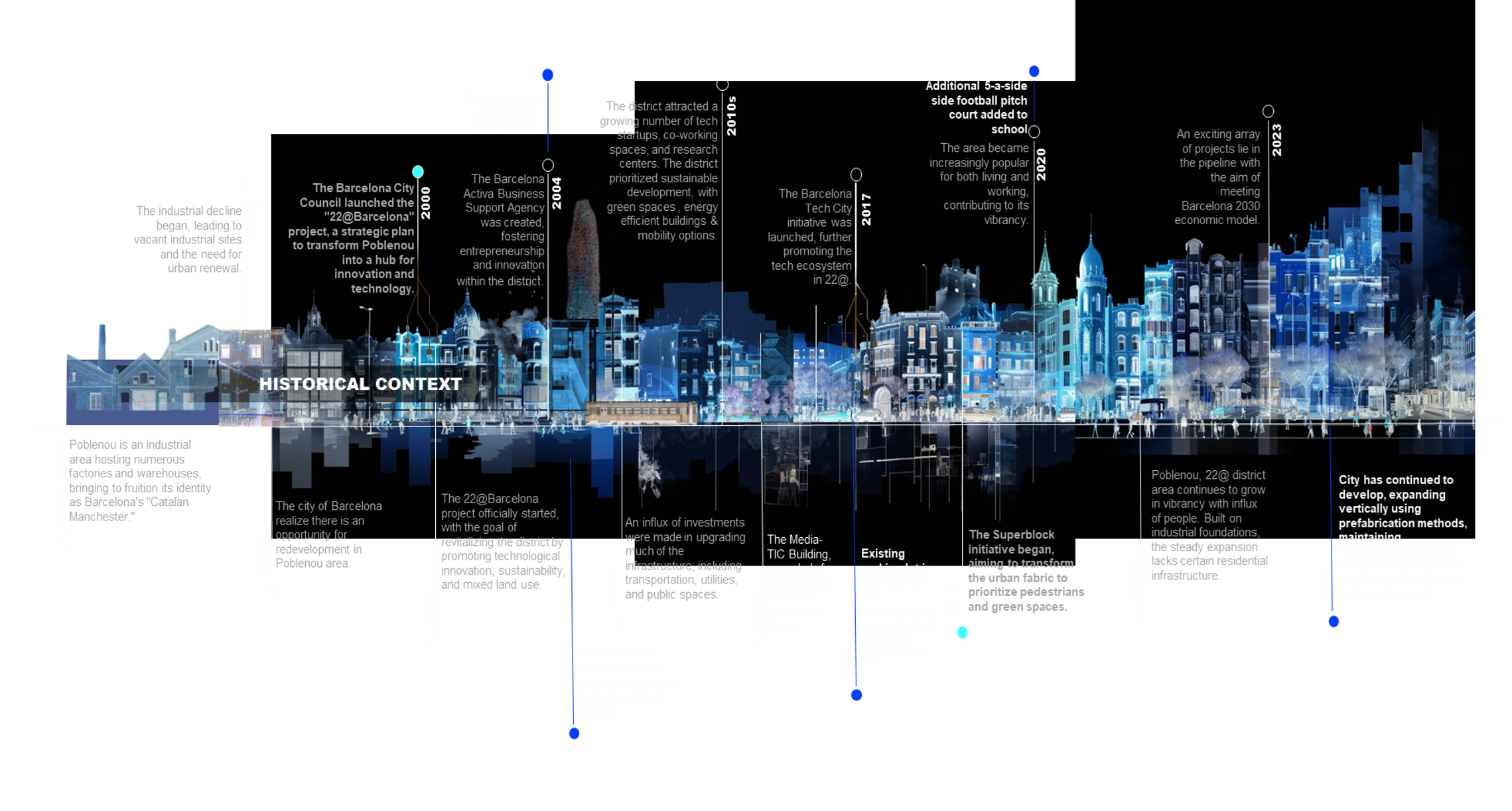
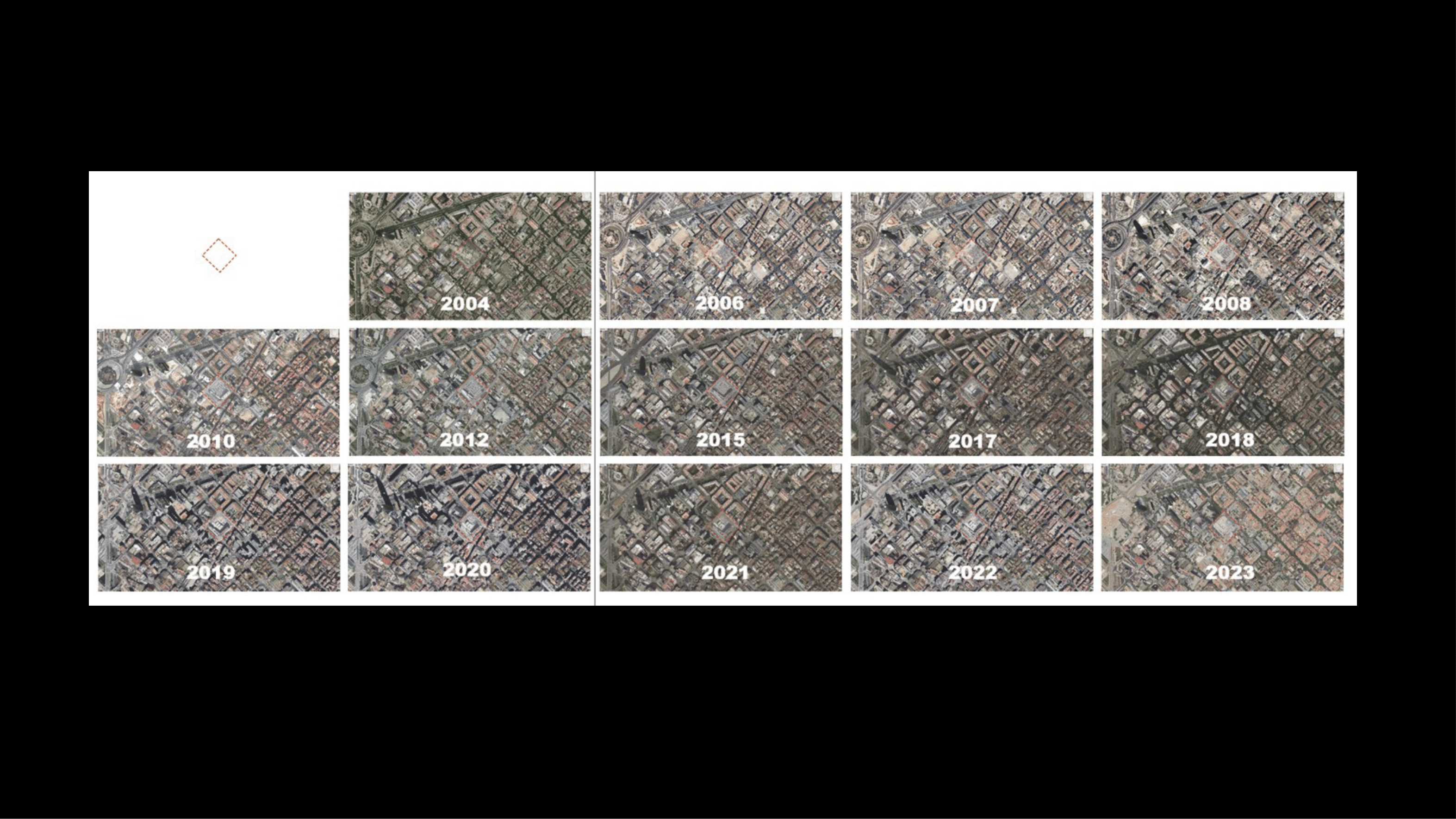
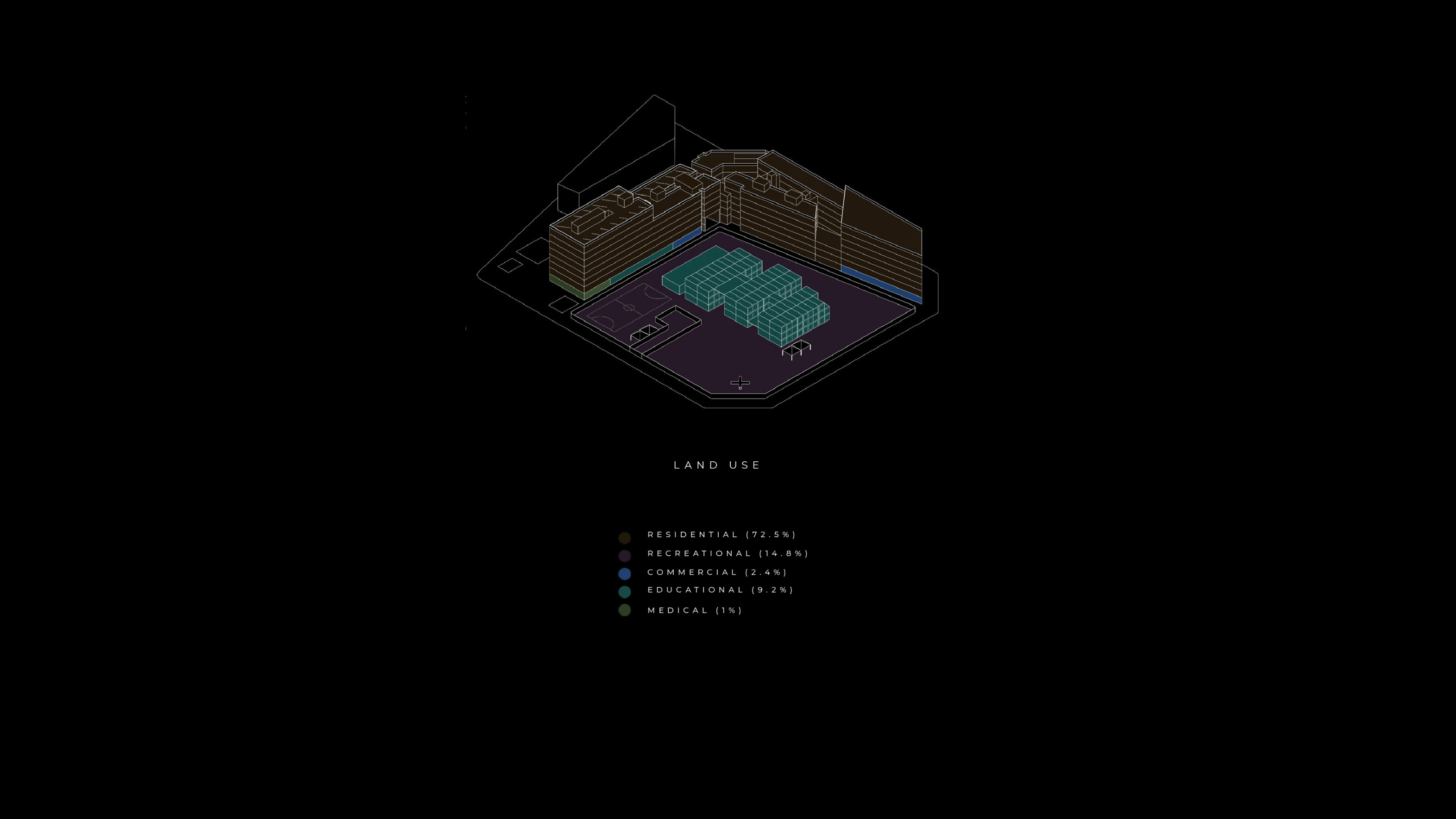
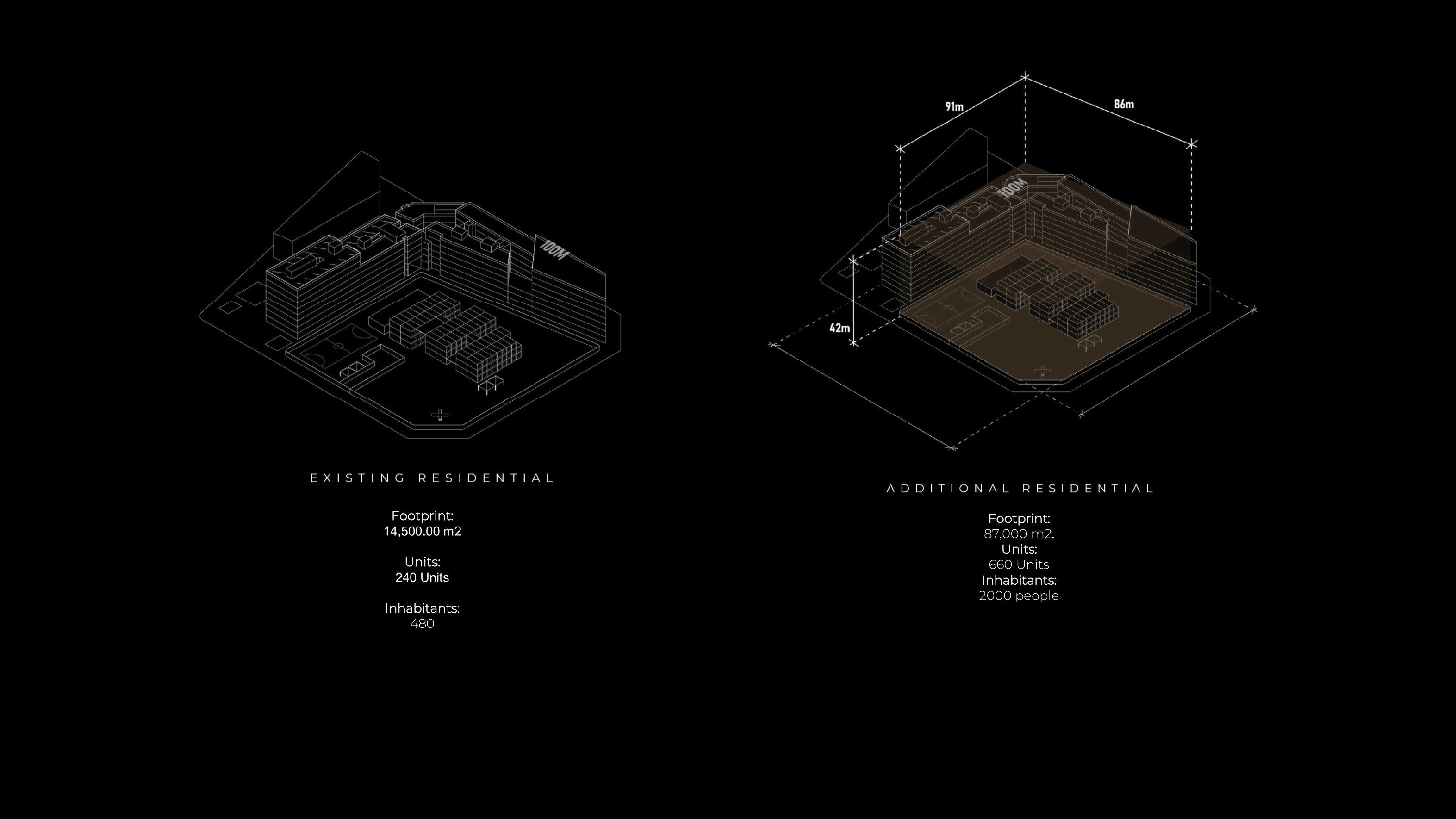
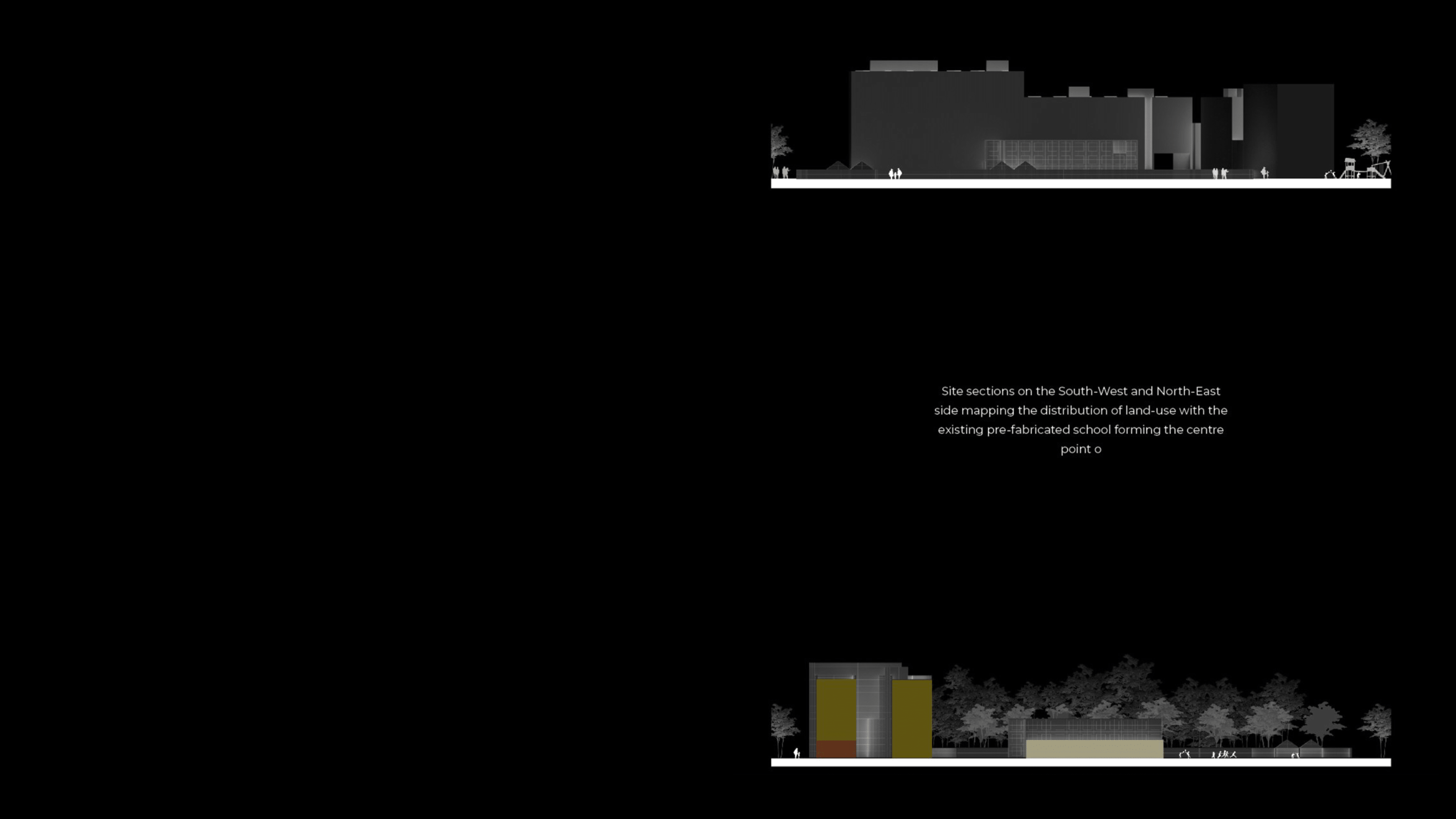
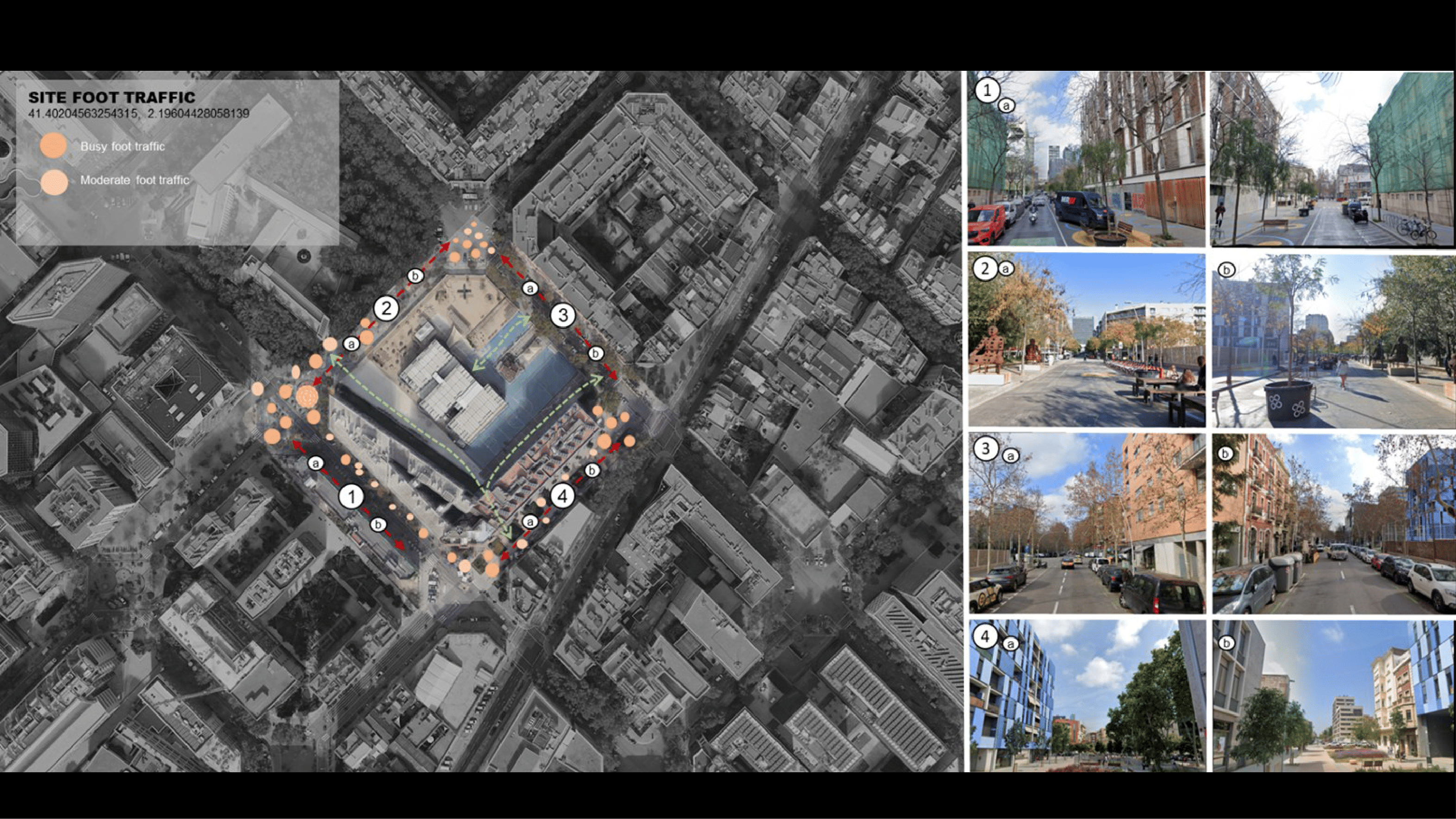

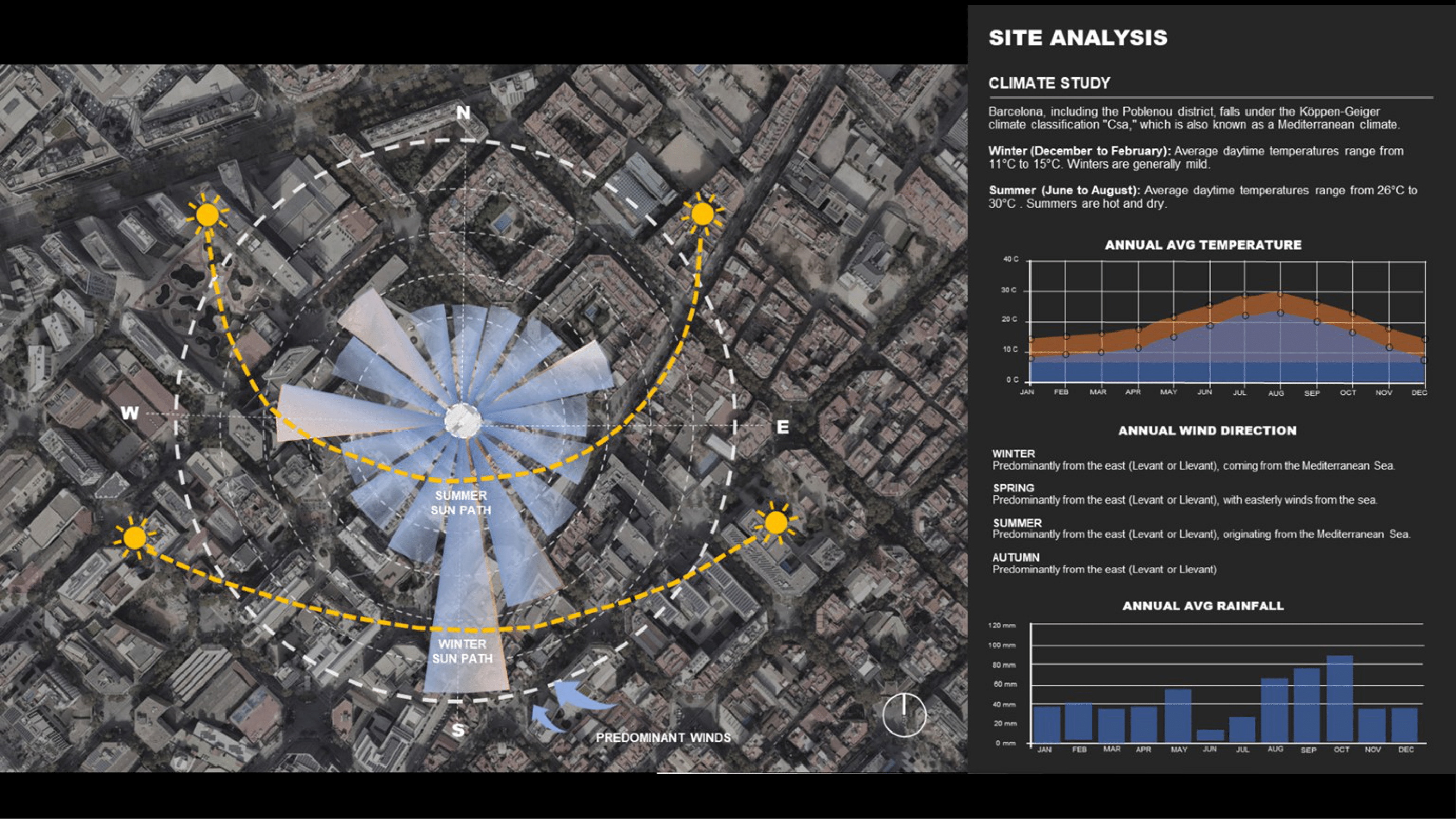
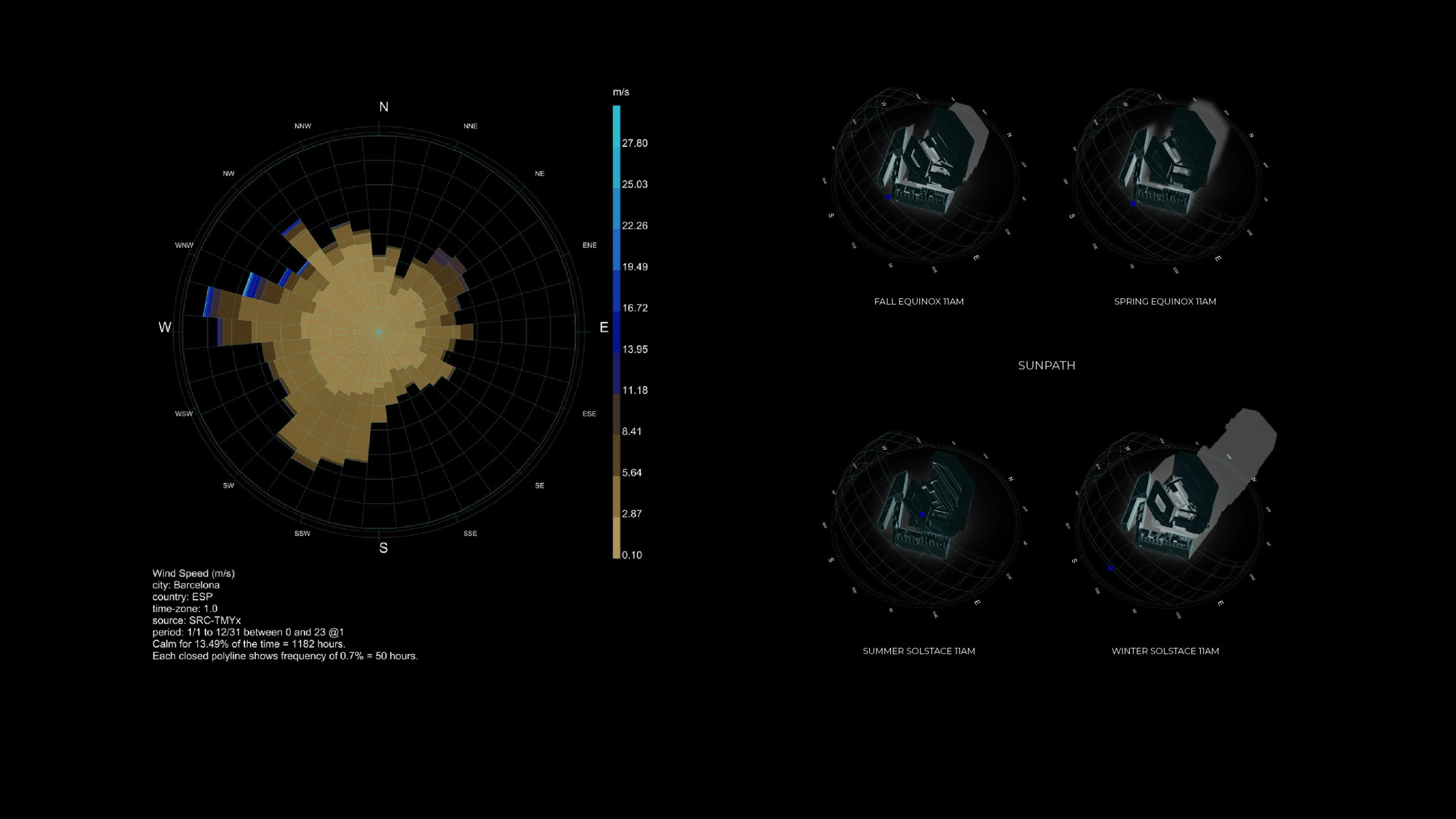
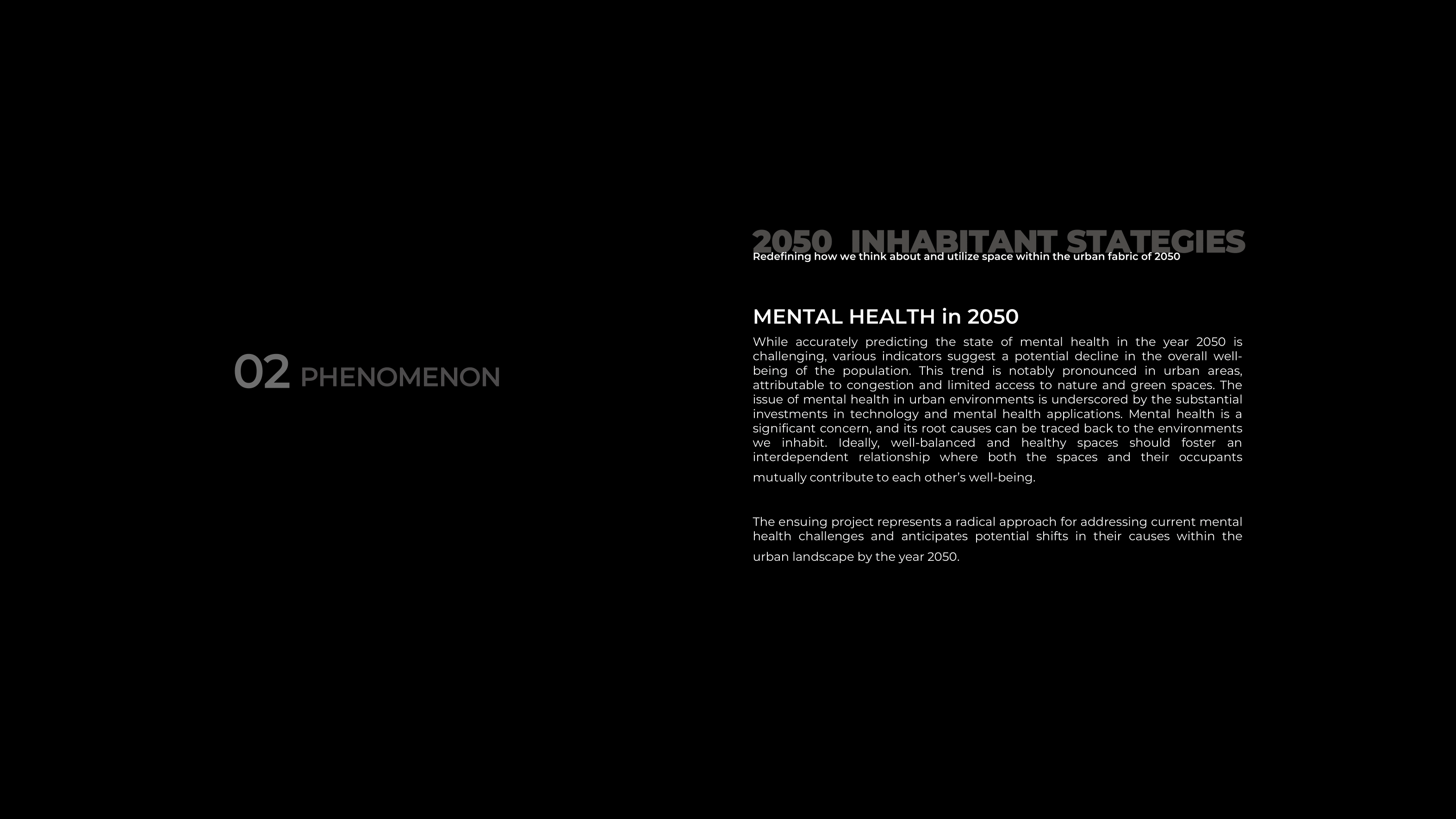
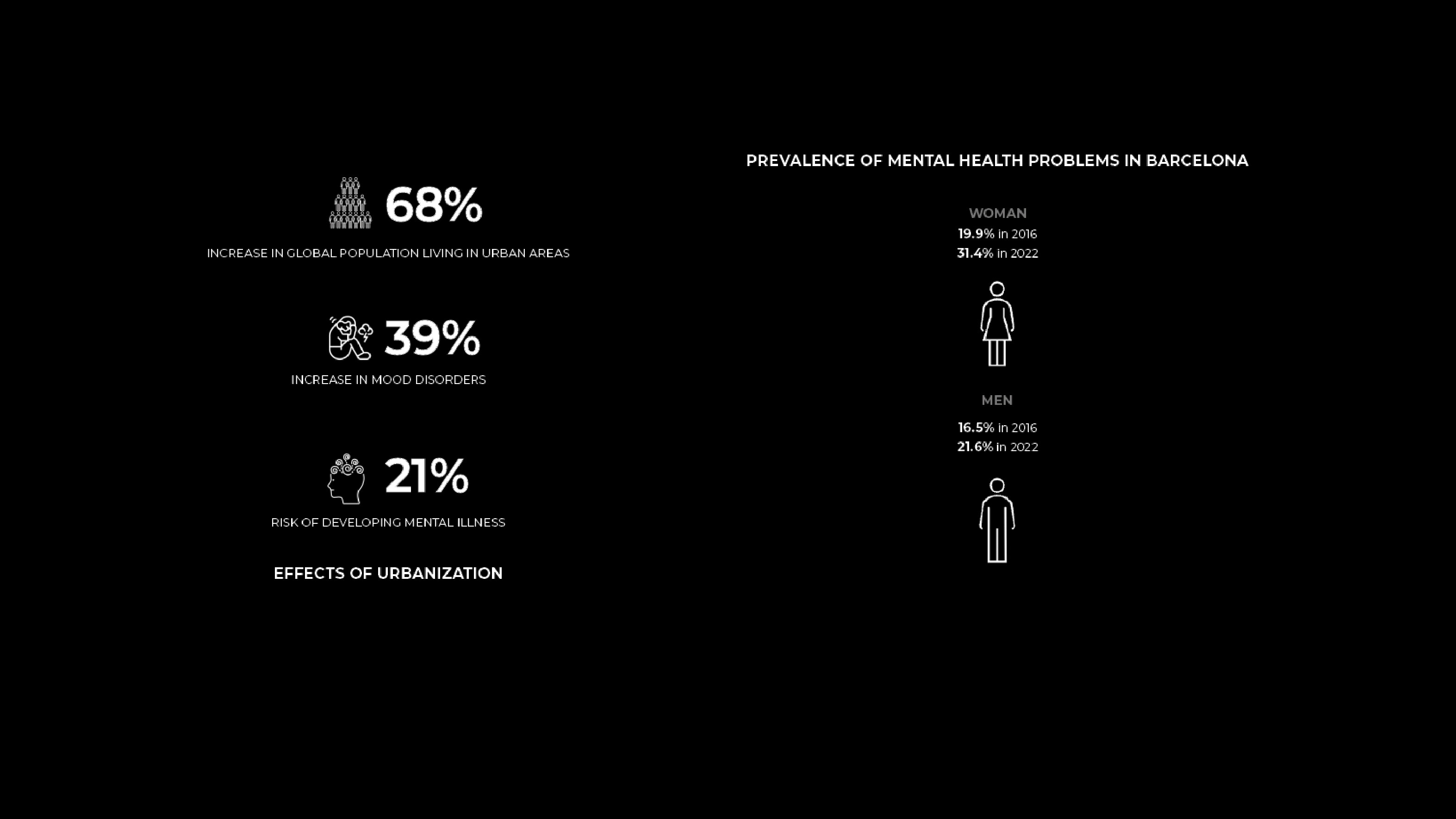
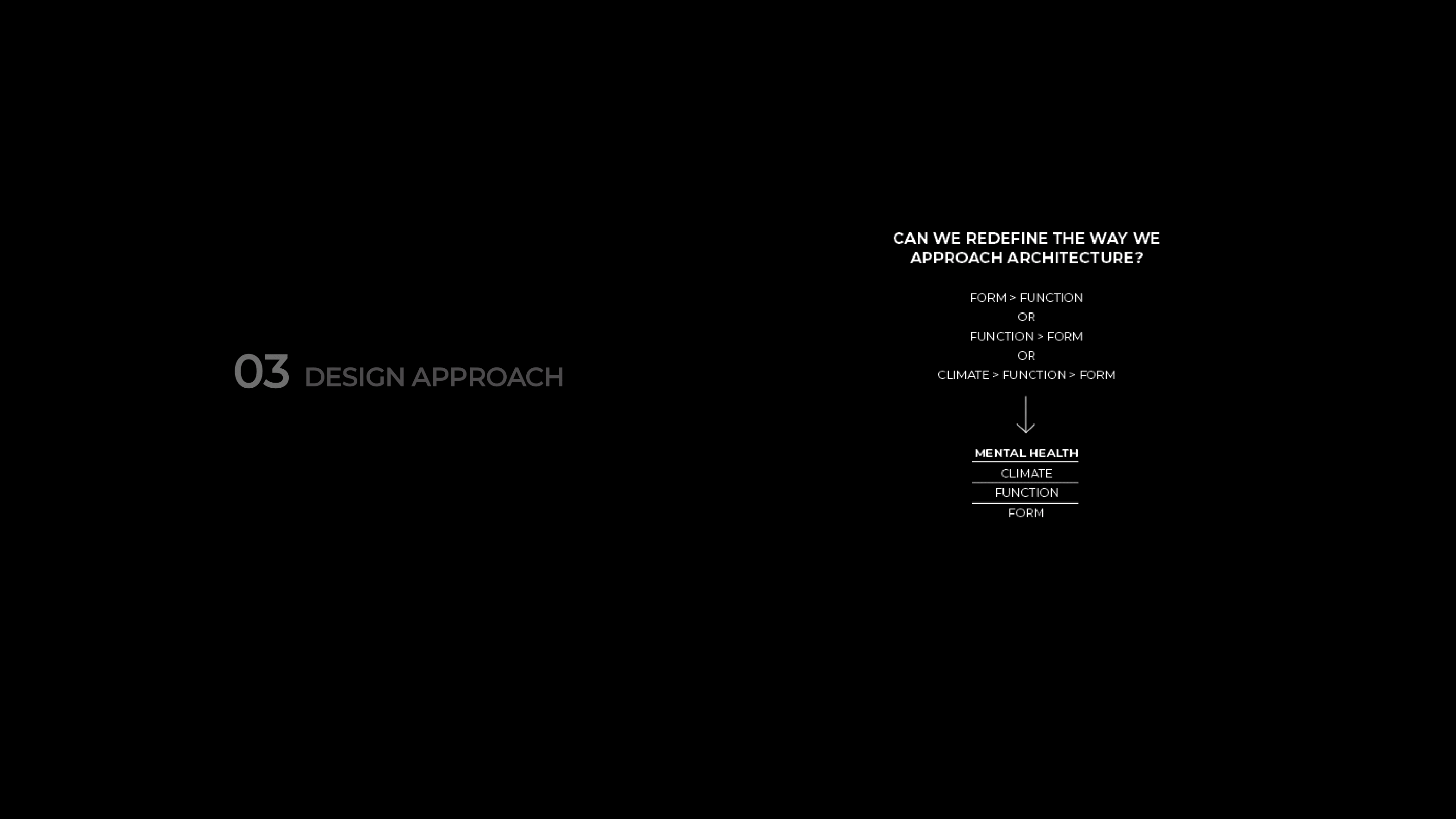
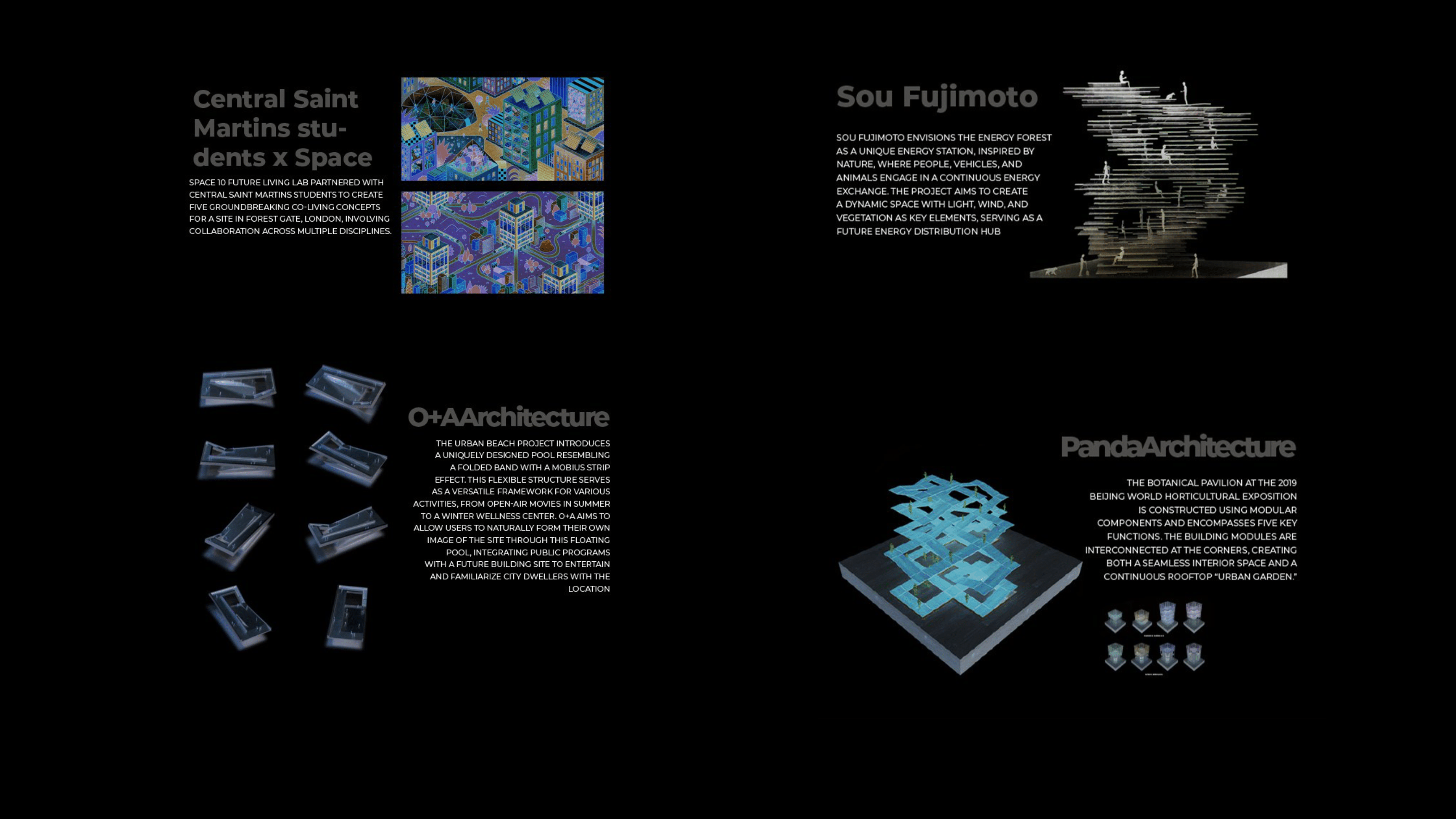
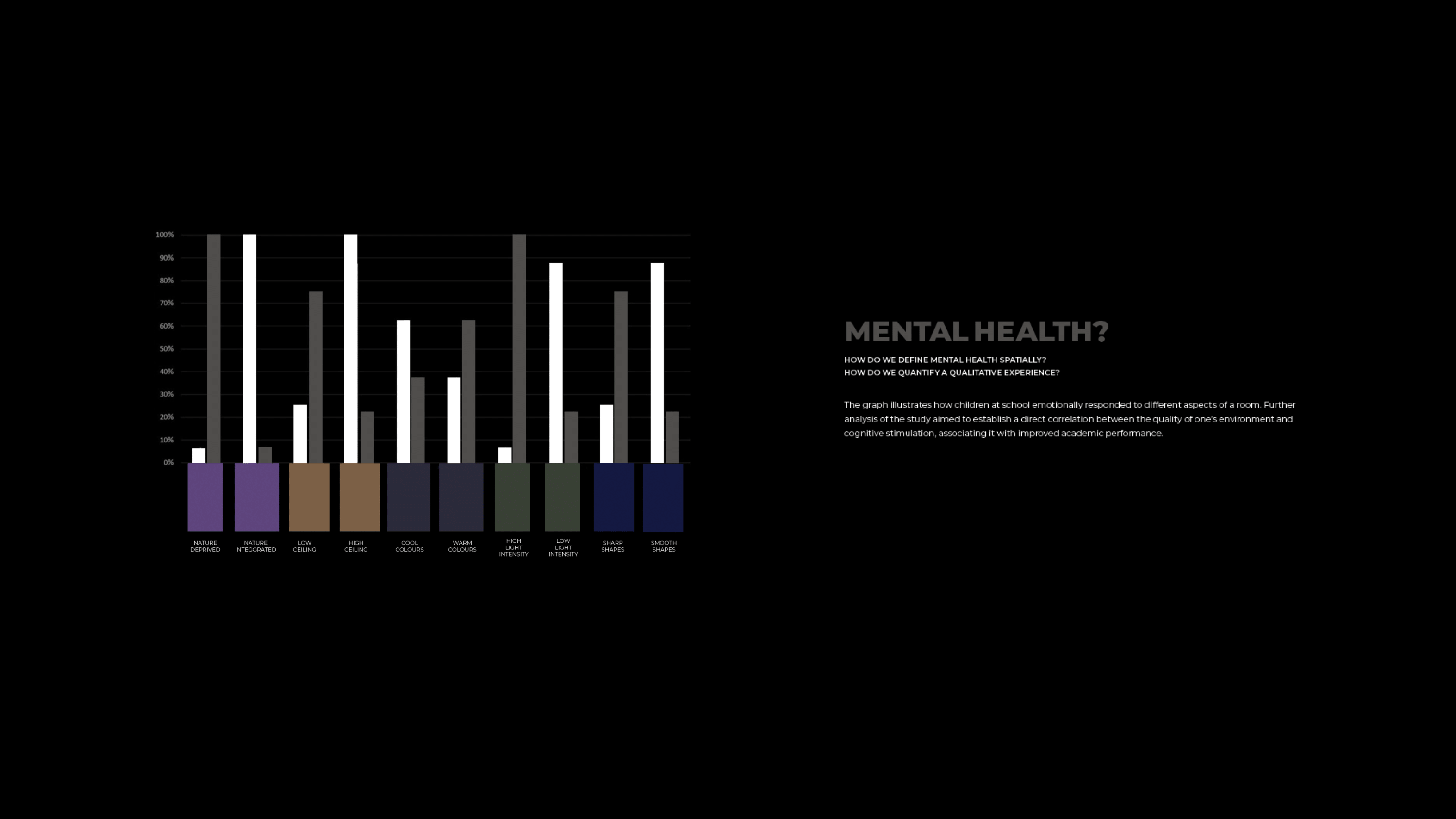
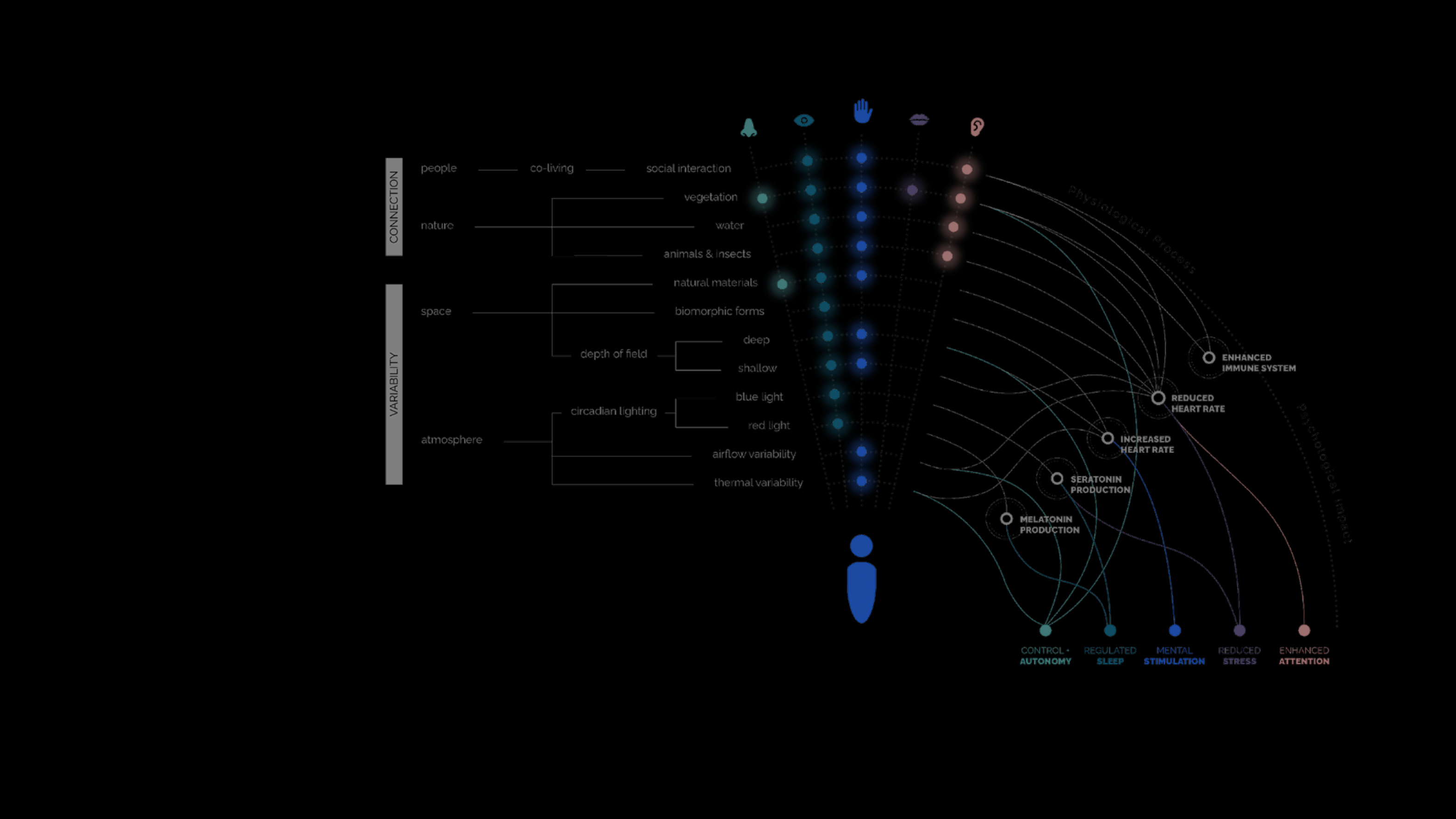
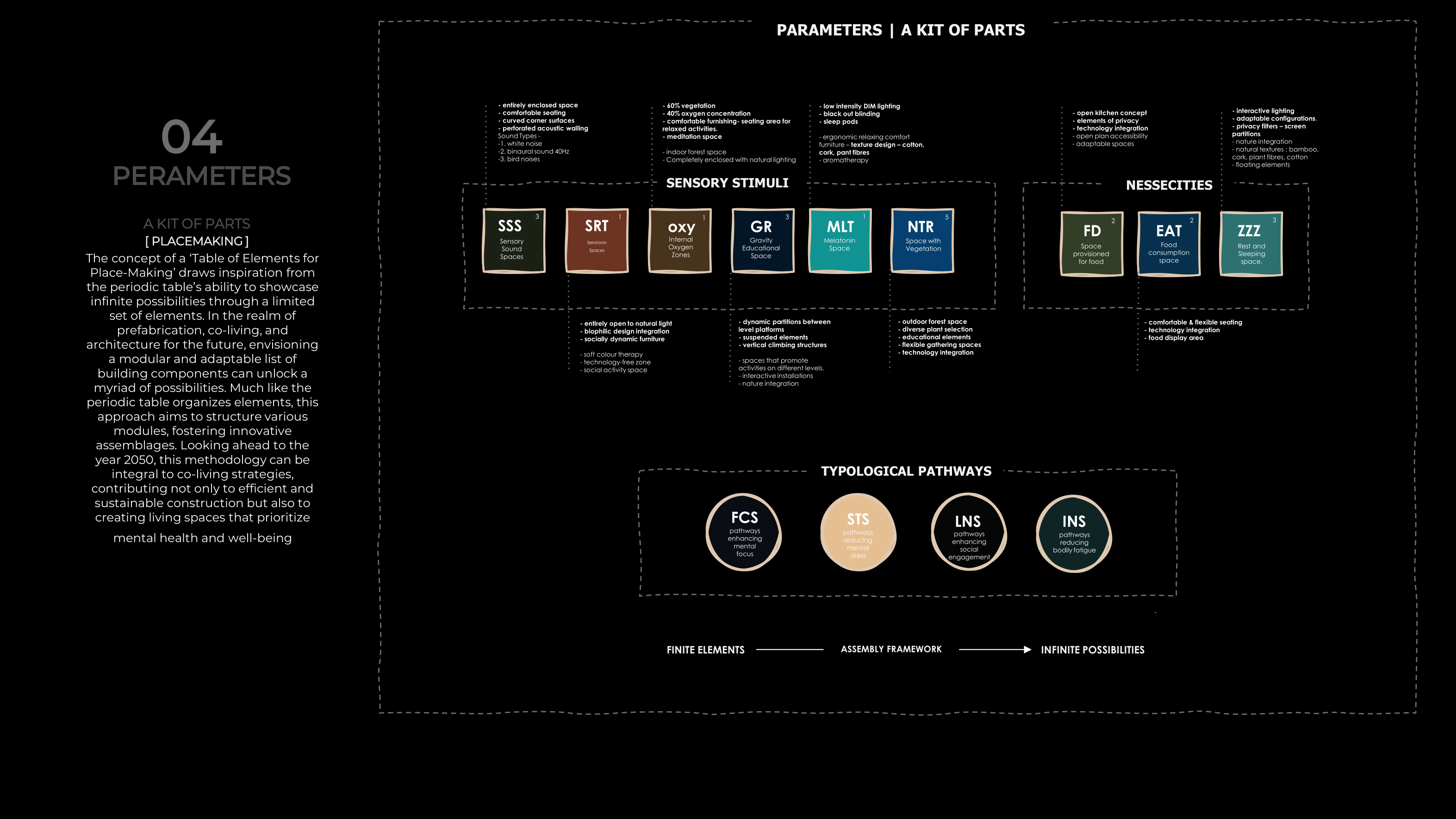
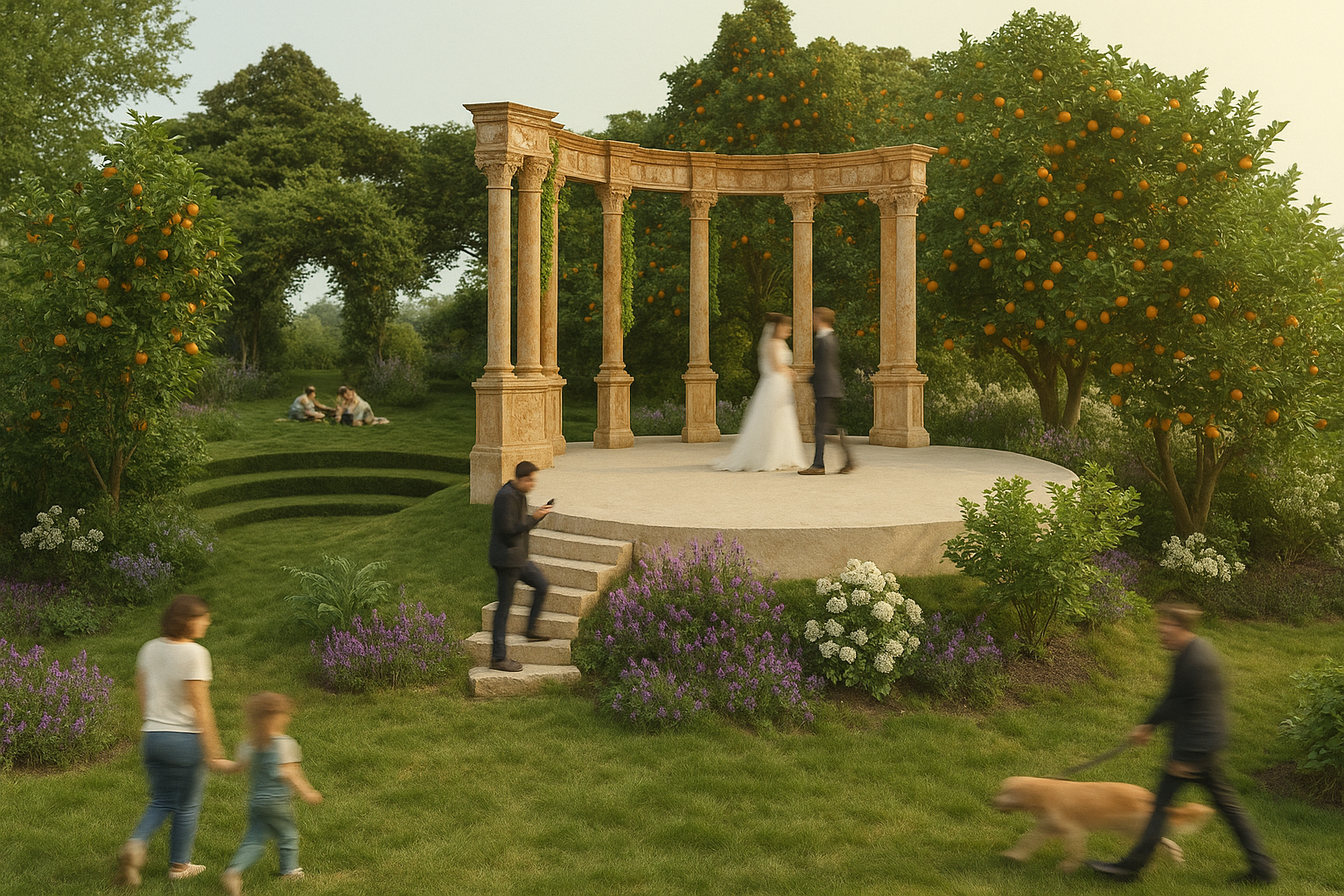


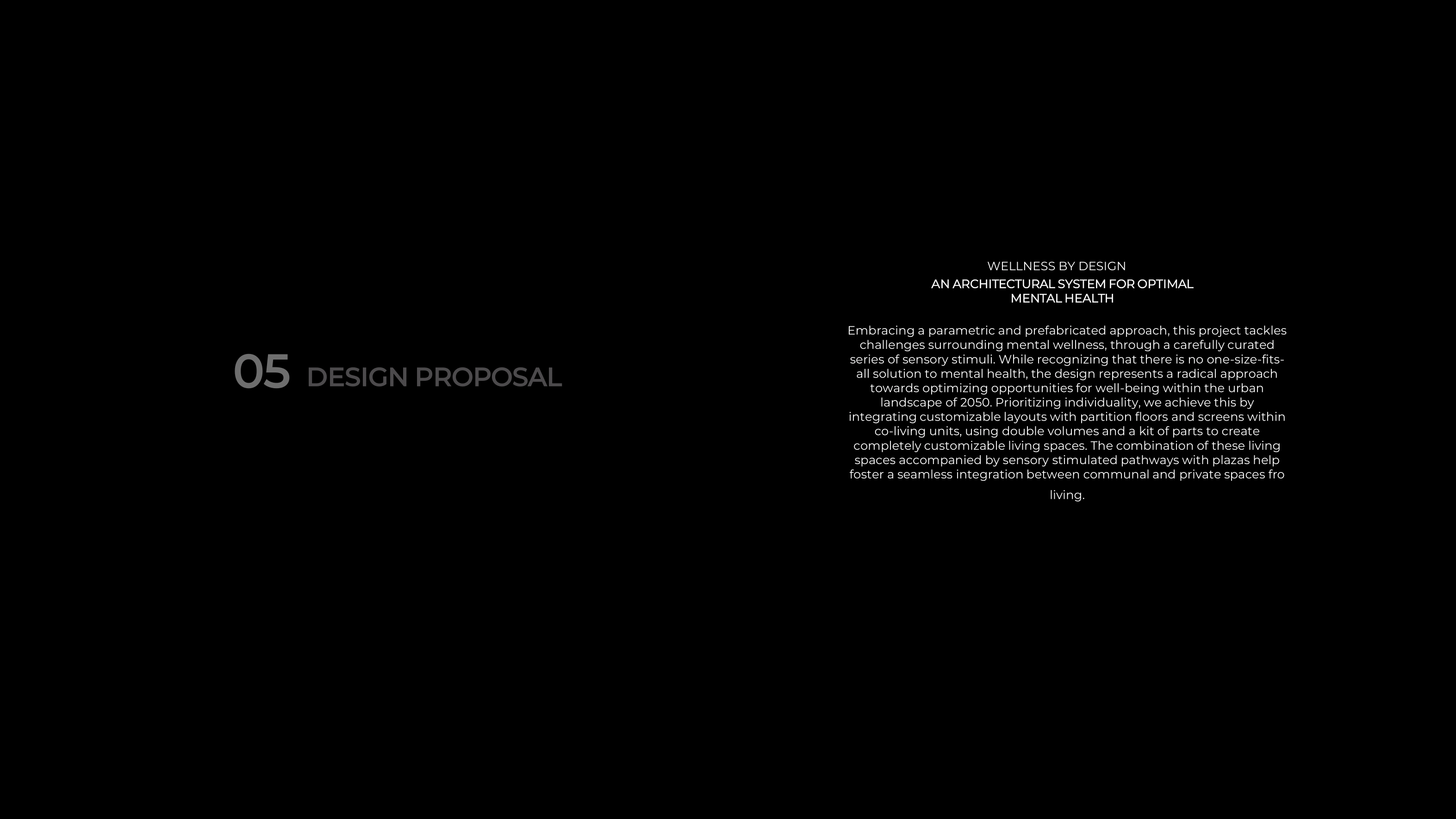
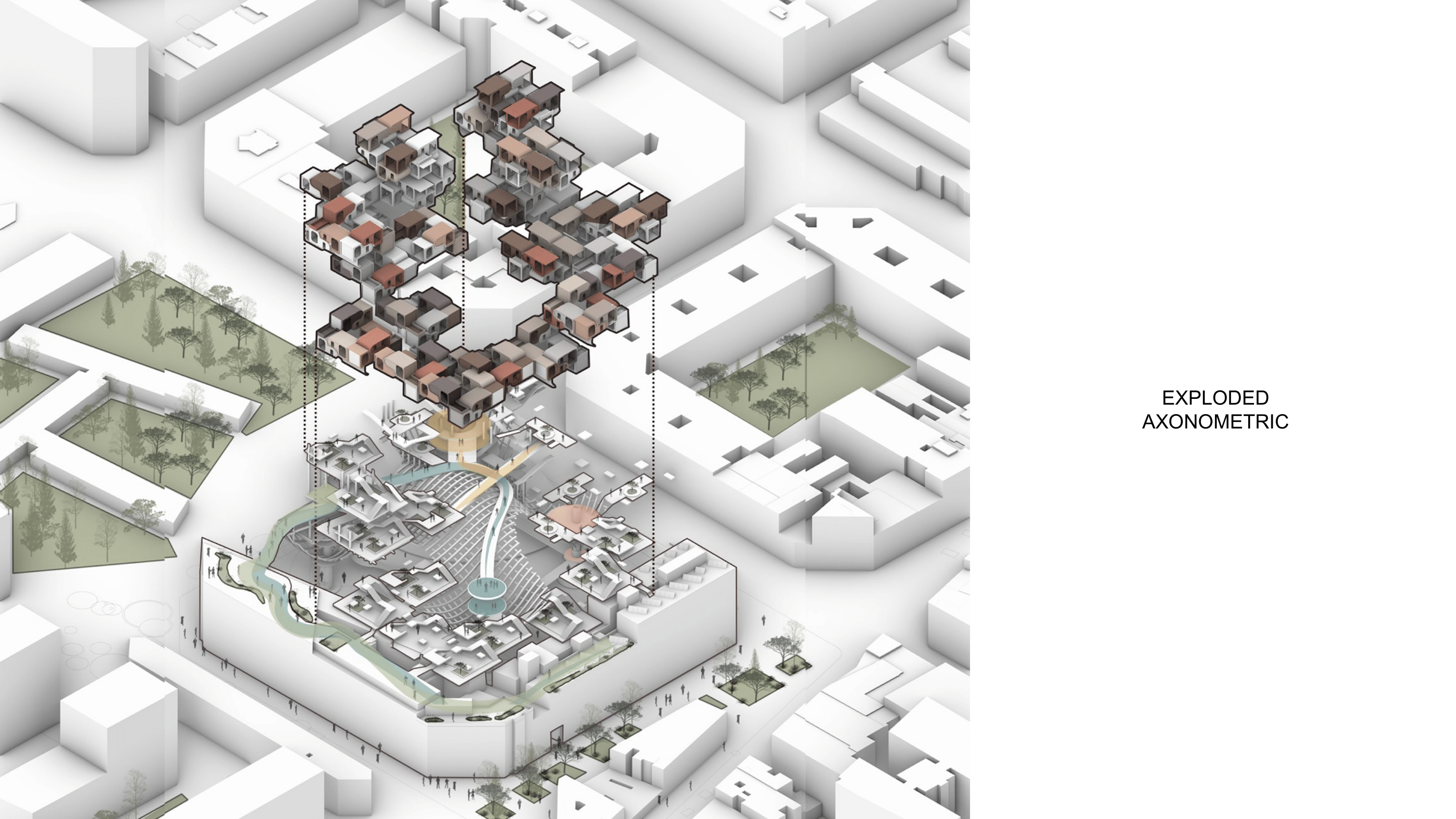
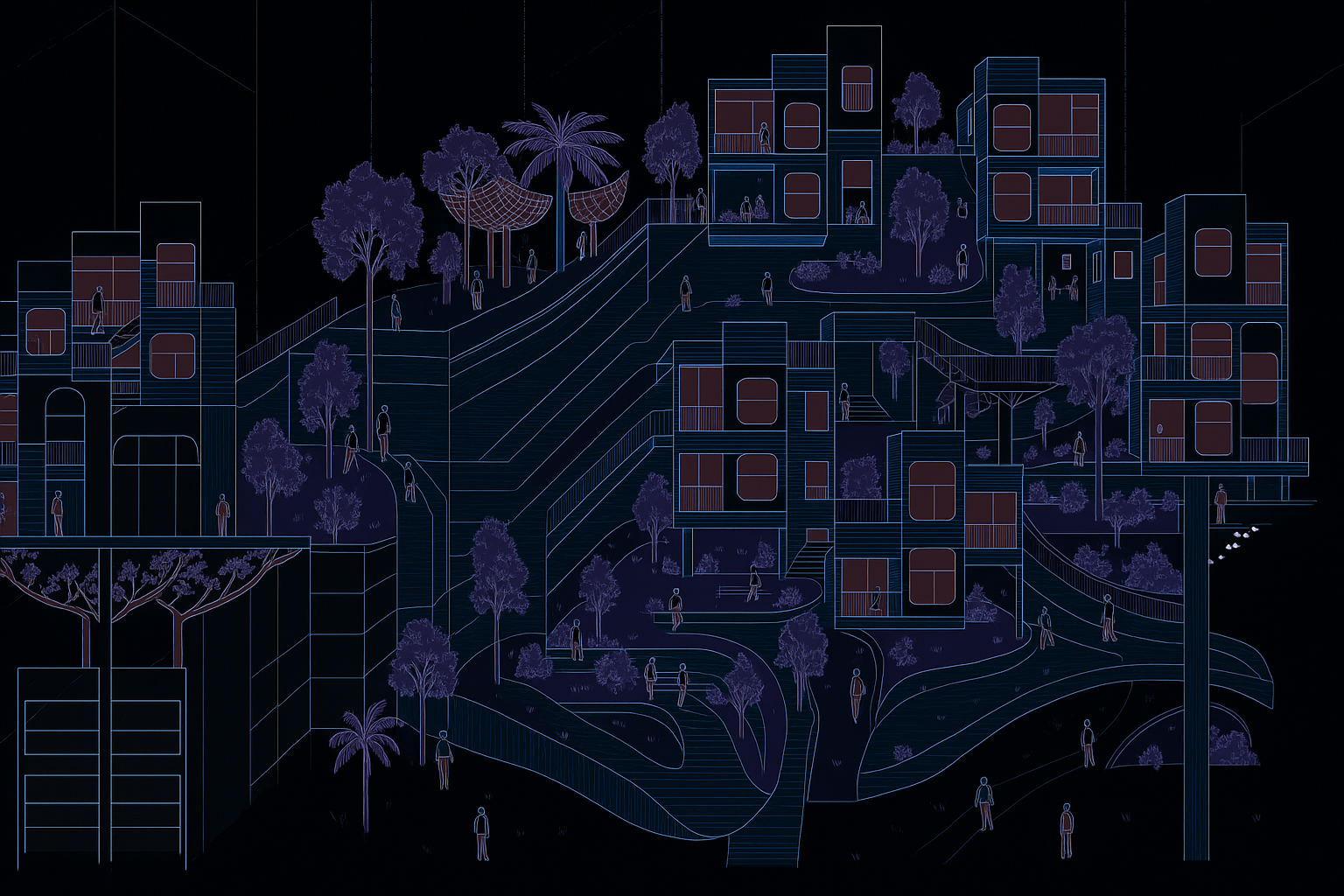
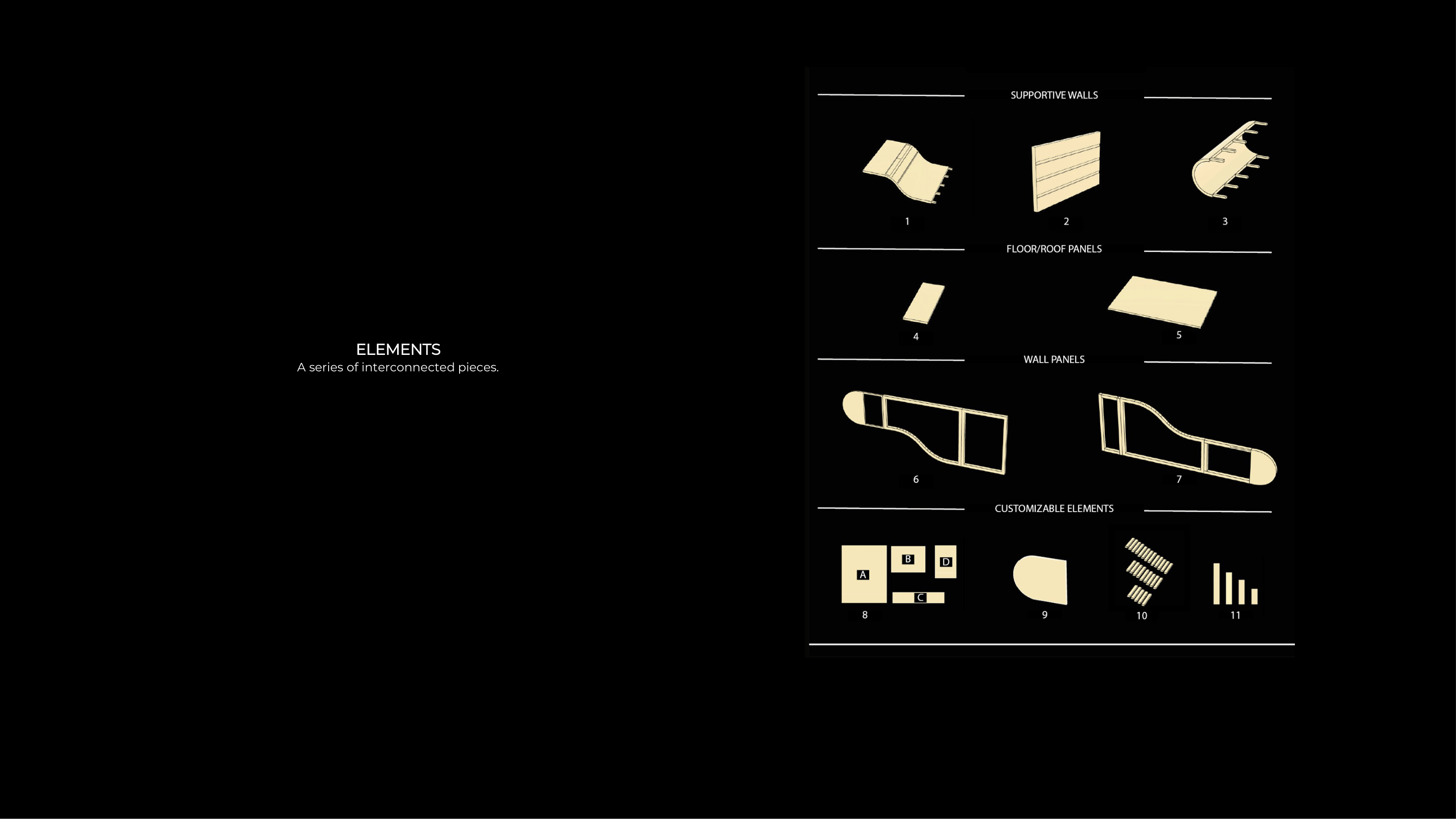
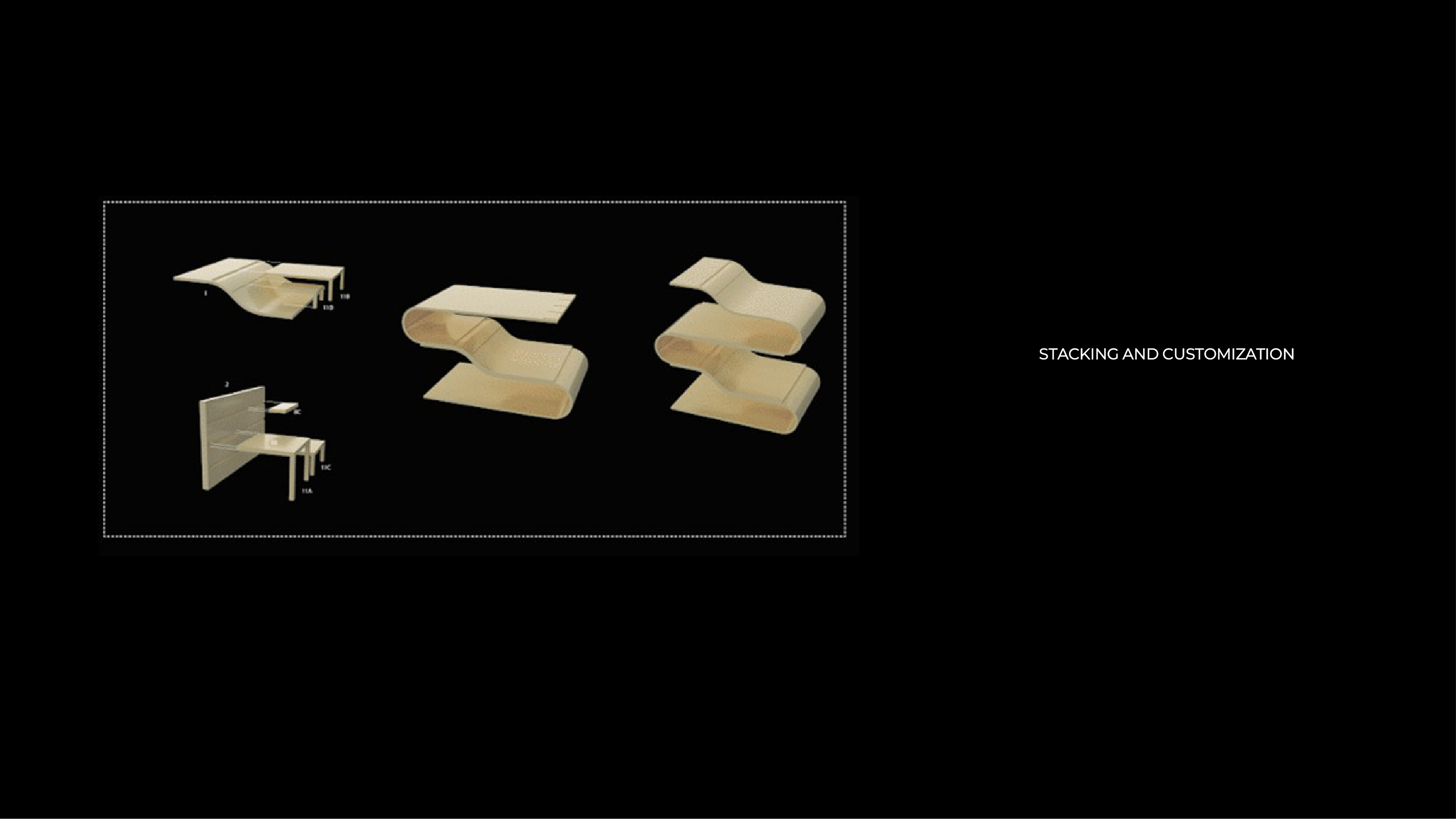
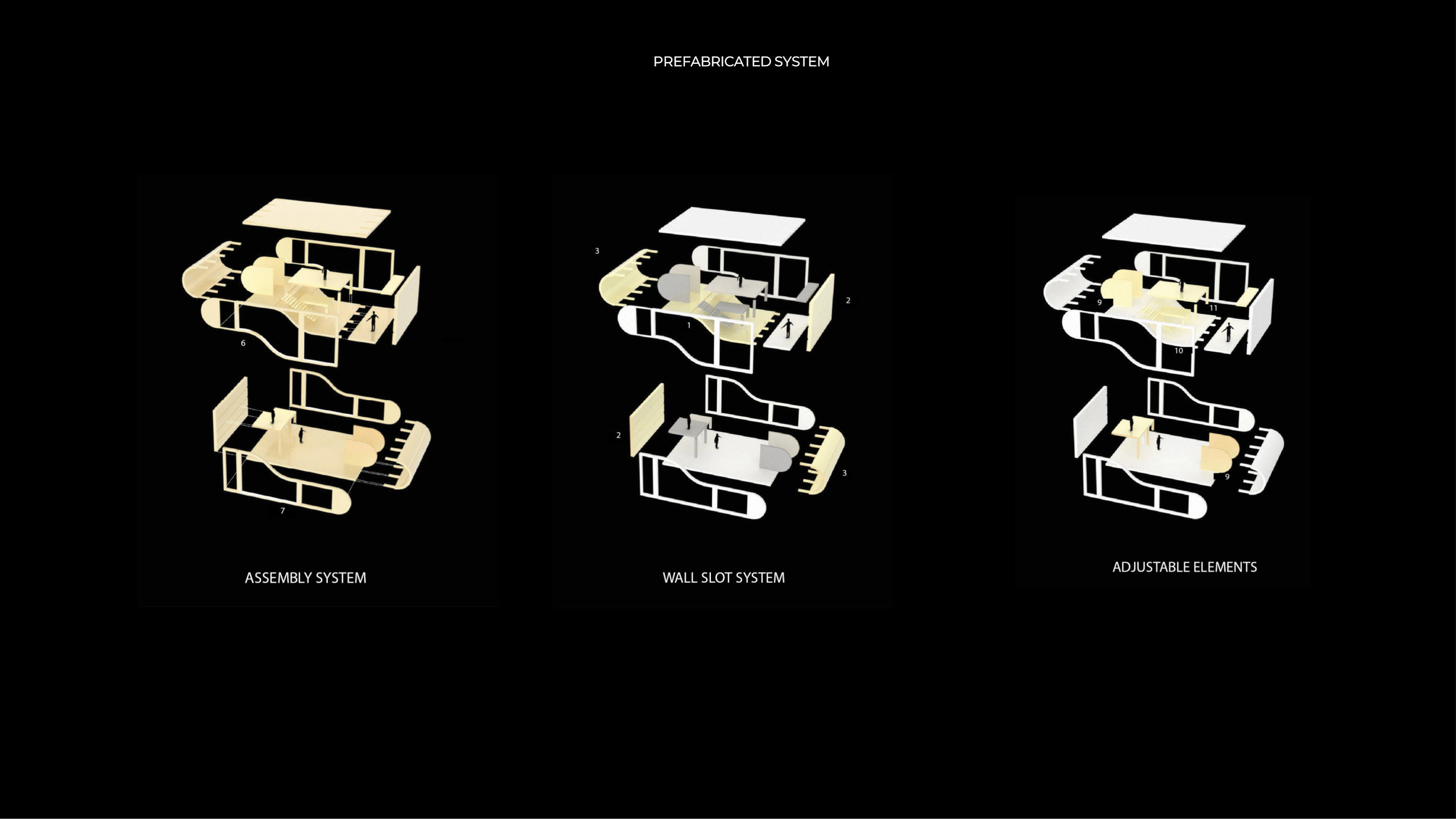
Please feel free to reach out if you share an interest in pushing the boundaries of design, collaborating on purposeful projects, or simply exchanging ideas over good coffee.
Josh Oates
.svg)